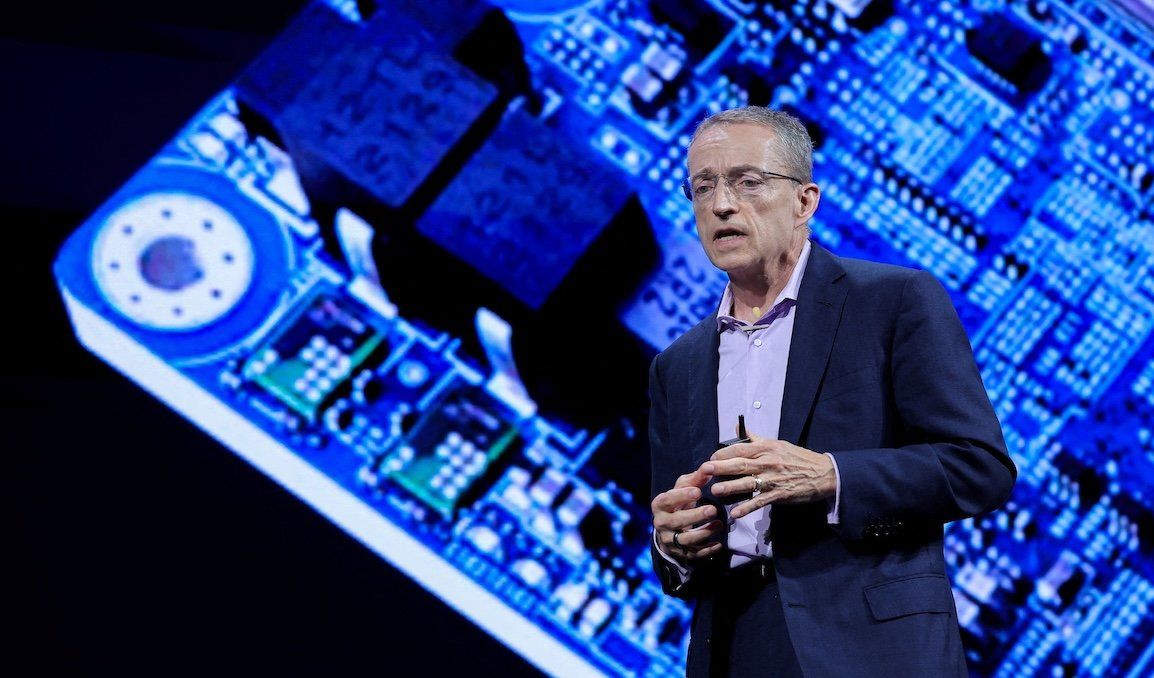Intel CEO Pat Gelsinger delivers a speech at the COMPUTEX forum in Taipei, Taiwan, on June 4, 2024.
Now, time has run out for the man in charge. Pat Gelsinger, CEO of Intel, resigned after being forced out of the company on Dec. 2. Gelsinger spent nearly four years at the helm of the company, and he oversaw a 30% revenue decline between 2021 and 2023, a trend capped off by cutting 15,000 jobs. Executives David Zinsner and Michelle Johnston Holthaus will helm the company while the board of directors searches for a new CEO.
Intel is an integrated chipmaker, meaning it designs and manufactures its own chips. That’s a different model than Nvidia, a chip designer that sends its units to a contract manufacturer such as Taiwan Semiconductor Manufacturing Company to be made. But over the years it has lost ground on both the design and manufacturing fronts, and investors have grown impatient. The company’s stock has fallen nearly 50% since the beginning of 2024, even as the Biden administration has agreed to give Intel $7.86 billion to build new facilities in Arizona, New Mexico, Ohio, and Oregon.
Whoever assumes Intel’s top job will oversee a legend of American technology that has failed to meet the AI moment. That person must improve the technology and the manufacturing process to have a chance at positioning Intel at the forefront of AI. No small task — probably one of the biggest jobs in American industry.
